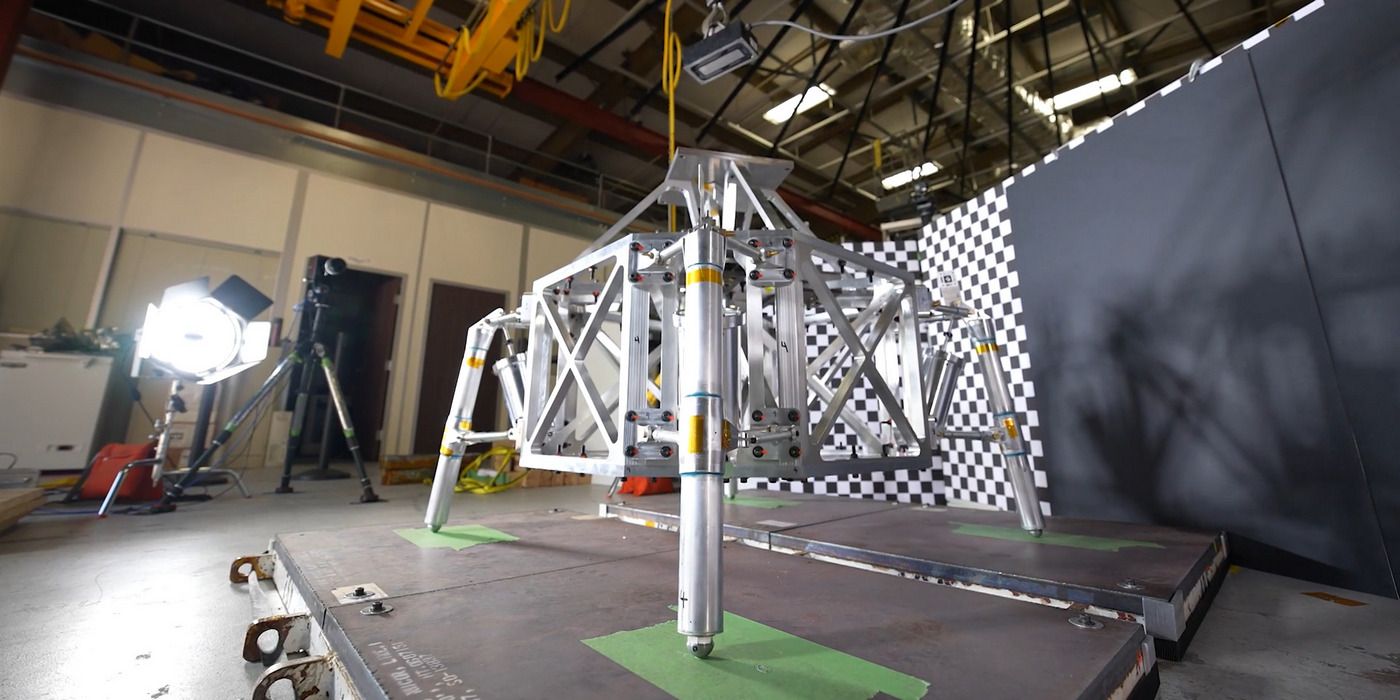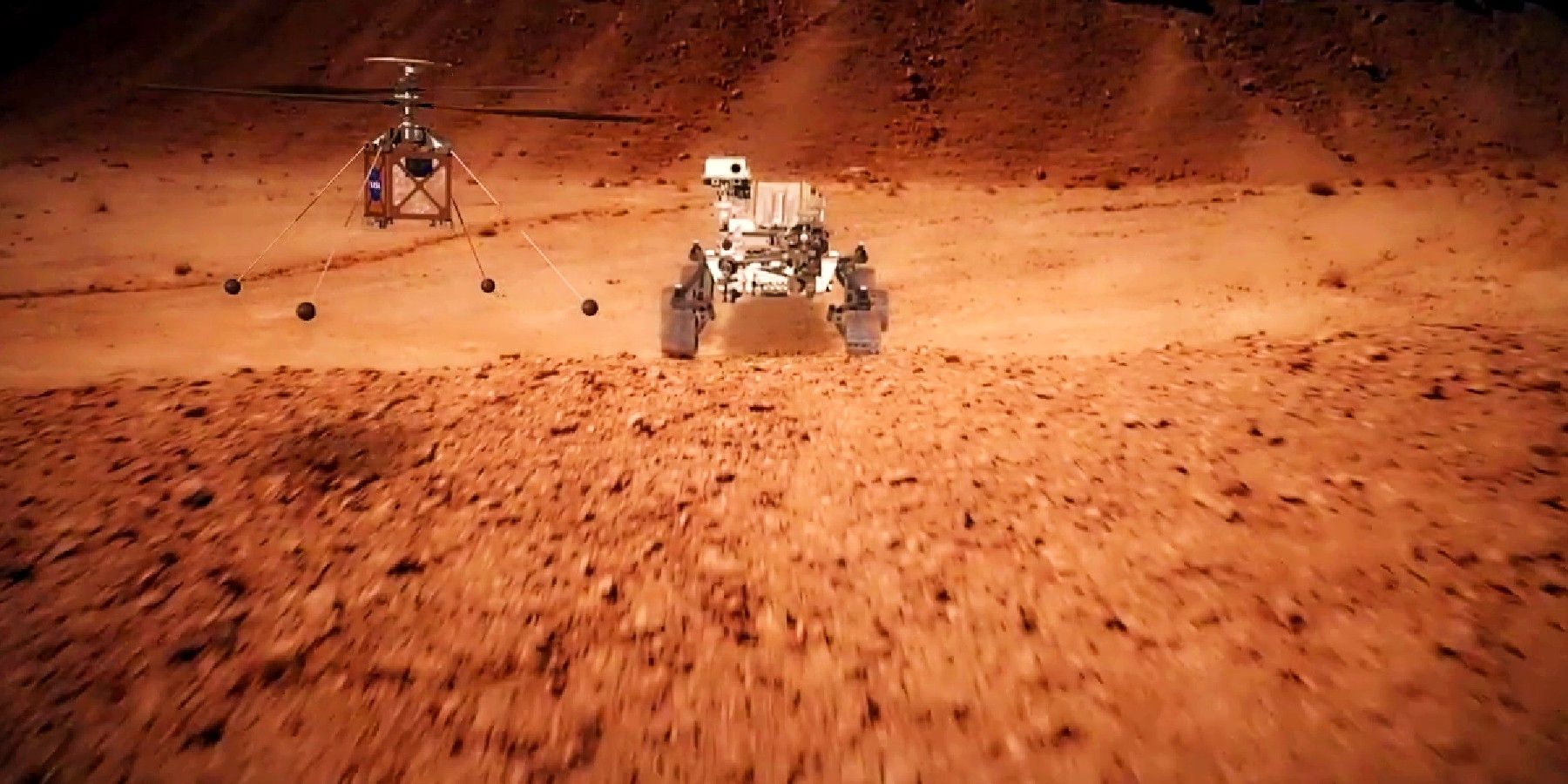NASA has begun testing the robotics that will bring back the first set of rock and sediment samples from Mars. After landing on Mars in February, NASA's Perseverance rover successfully collected several samples on the Red Planet after a tiny hiccup when its first attempt at collecting a sample failed. The first pair of samples collected by the rover was named 'Montdenier' and 'Montagnac,' collected on Sept. 6 and Sept. 8, respectively.
The rover also collected two samples from a rock named Rochette, and further studies on those samples suggest that the planet may have harbored life at some stage in its history. The rover has also found signs of ancient water on Mars, which project scientist Ken Farley of Caltech described as "a big deal." The samples are expected to answer many questions about the formation and history of the Red Planet, which is why NASA has embarked on a mission to bring these samples back to Earth to examine them more closely.
Named the Mars Sample Return campaign, the program to bring back samples from the Red Planet began the very day the Perseverance Rover landed on Mars. According to NASA, out of the 43 sample tubes on Perseverance, "four have been filled with rock cores and one with Martian atmosphere." Once all the tubes are filled with samples, bringing them back to earth will require a complex set of maneuvers involving several transfers between various vehicles, devices and machines. These transfers and maneuvers will require advanced robotics and a series of "daring space missions" before the samples can land safely back on Earth.
Mars Sample Return Is A Multinational, Multi-Agency Effort
Per NASA, the entire process of bringing back the Mars samples will be a multinational, multi-agency effort involving the European Space Agency (ESA) and multiple NASA centers. As part of the plan, the Perseverance rover would first hand the samples over to a lander, which would then use a robotic arm to load them into a small rocket, called the Mars Ascent Vehicle.
The maneuvers would then get even riskier, with the Mars Entry Vehicle set to deliver the sample capsule to an orbiting ESA spacecraft. Inside this vehicle, preparations for the journey back to Earth would begin in earnest. Here, the samples will be prepped for the long journey by a machine that's being developed by NASA's Goddard Space Flight Center in Greenbelt, Maryland. Preparations would include sealing off the sample capsule to "trap any Martian material inside, sterilizing the seal, and placing the sealed container into an Earth-entry capsule."
The entire process will require precise robotics, and failure at any level could mean losing mission-critical data. But, on the other hand, landing them safely on planet Earth promises to change humanity's fundamental understanding of Mars. That's because, according to NASA, some of the samples will very likely offer critical clues about the planet, including evidence about whether it has the potential for life.
Source: NASA


